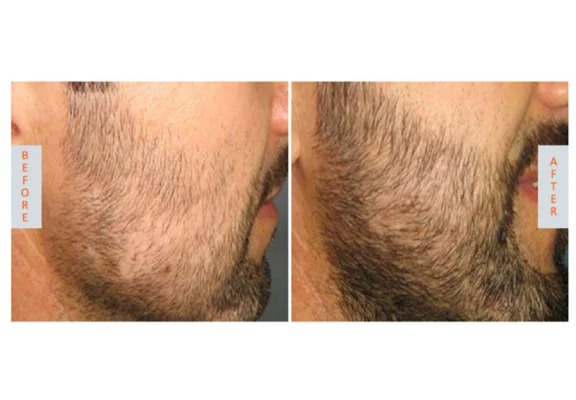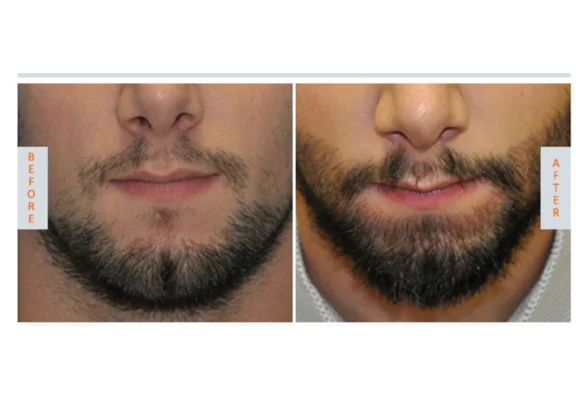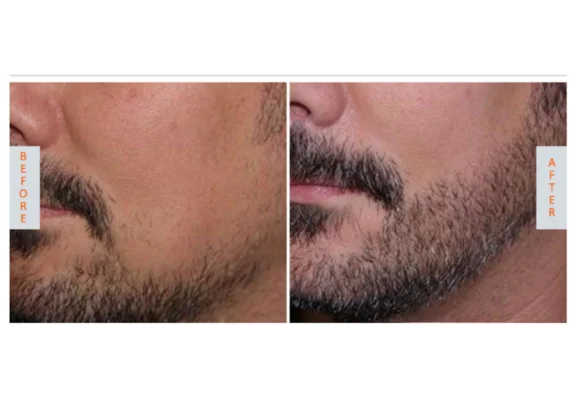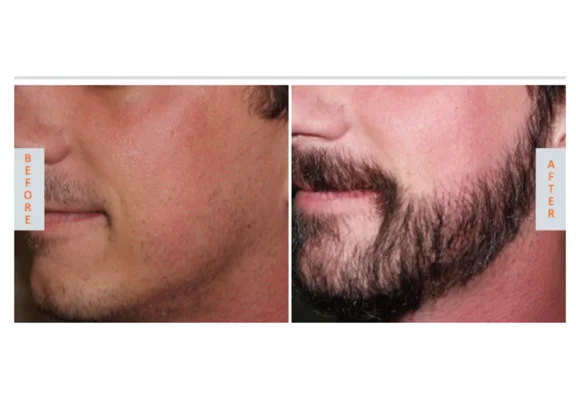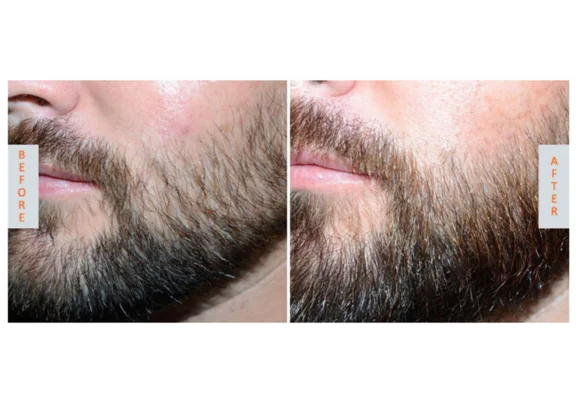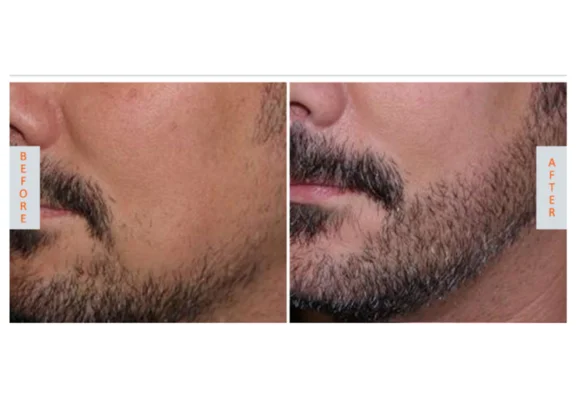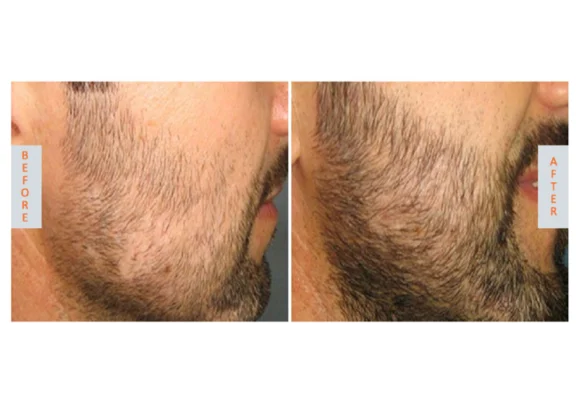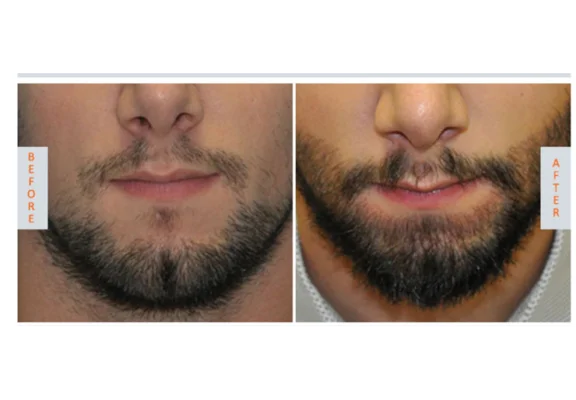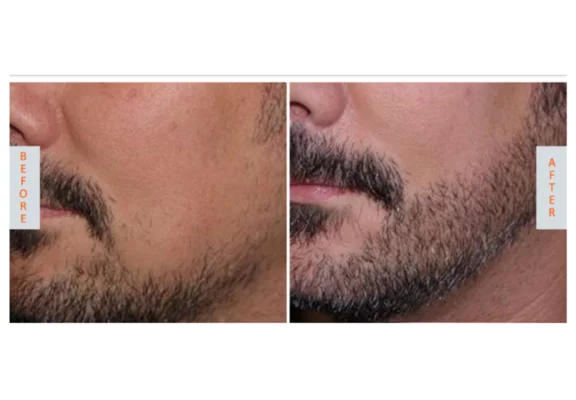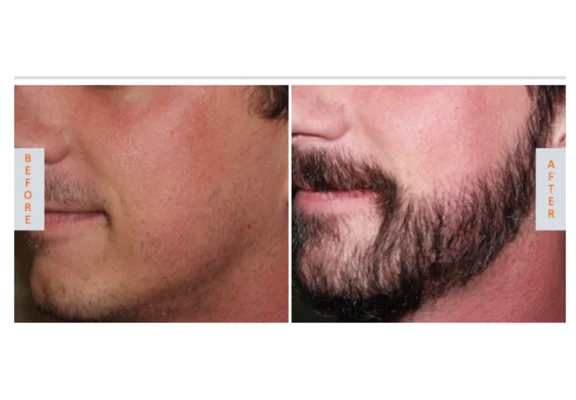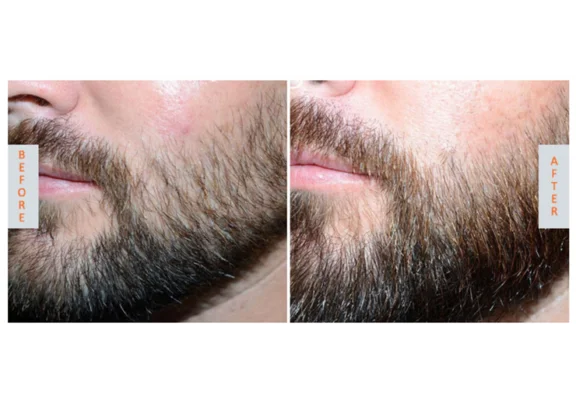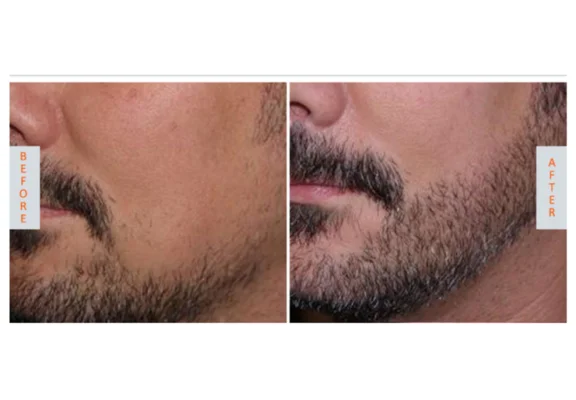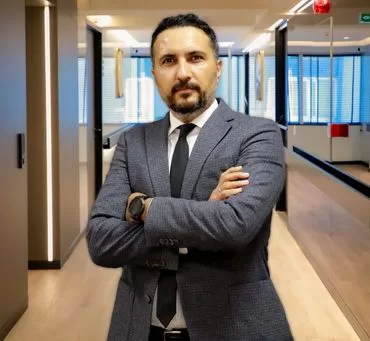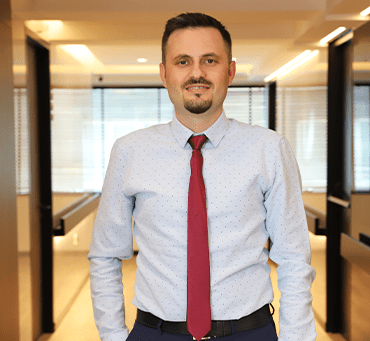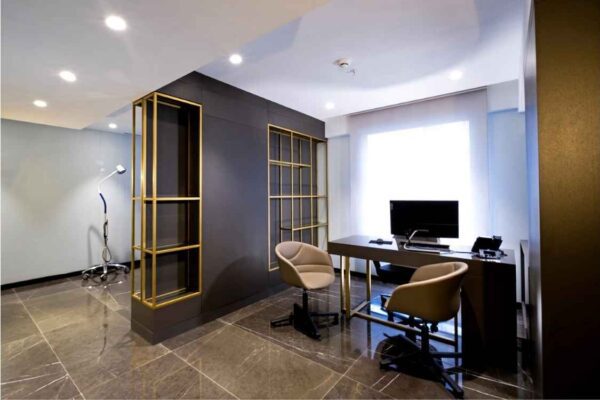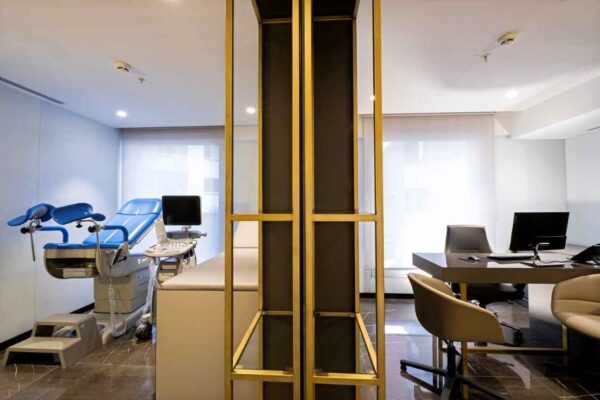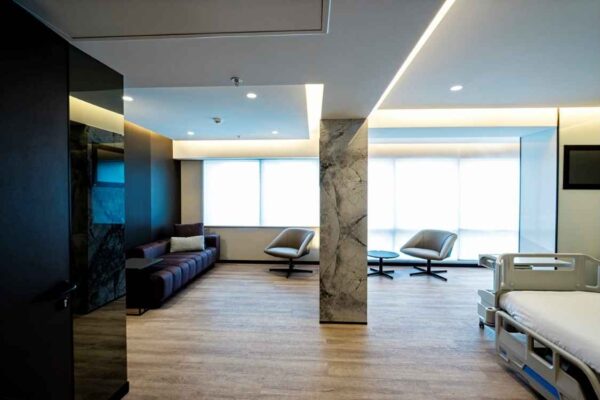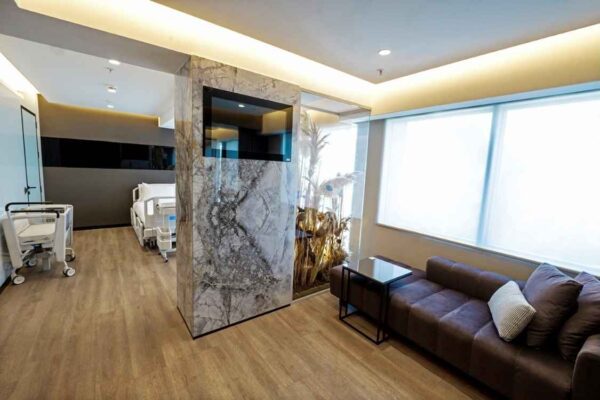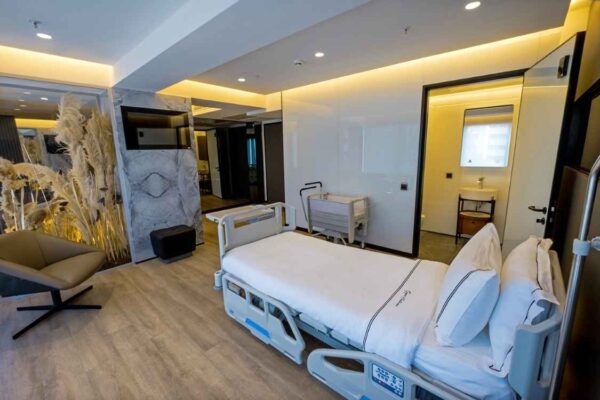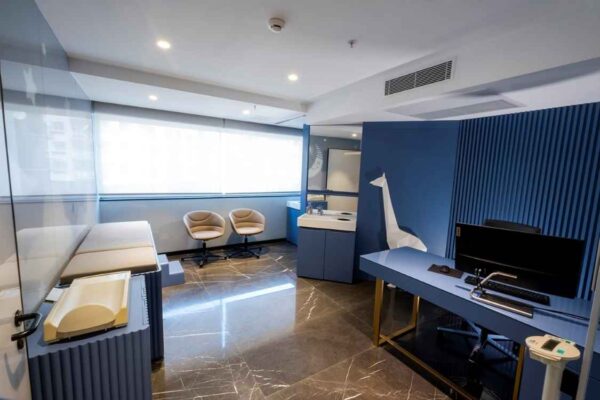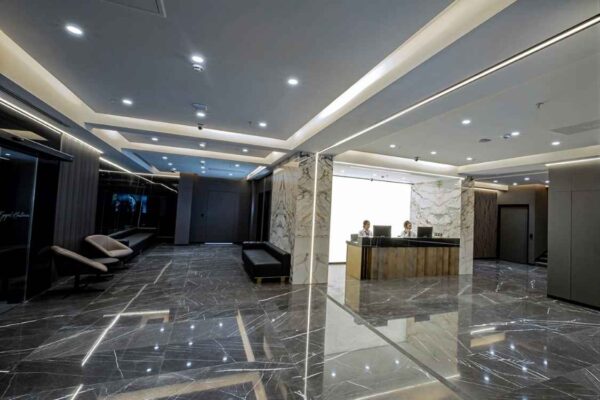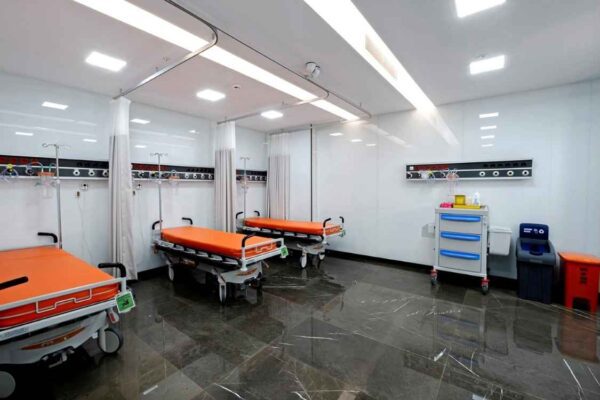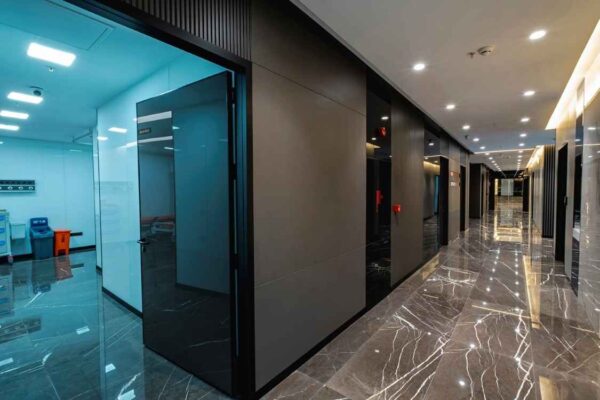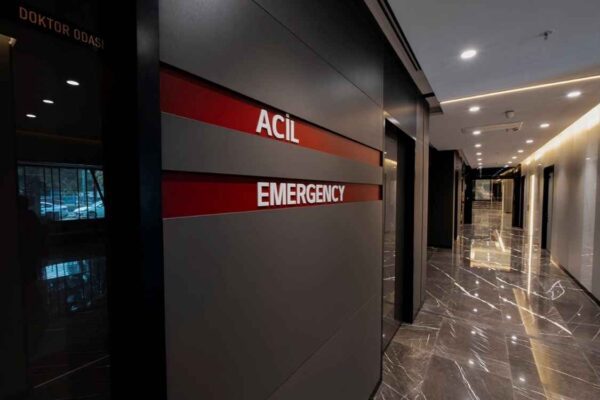Beard Transplant refers to an aesthetic procedure that transplants hair follicles from one region of the body to the facial region, thereby enhancing beard growth. This treatment appeals to men with sparse or uneven facial hair or those desiring increased beard density and fullness. Beard Transplant has witnessed a surge in popularity globally, particularly among men who wish to achieve a more virile and alluring appearance.
What is Beard Transplant?
Beard Transplant, a minimally invasive surgical process, has been in practice since the early 21st century. The methodology has undergone considerable advancements, with the introduction of innovative extraction and implantation techniques. The predominant techniques employed in beard transplantation are Follicular Unit Transplantation (FUT) and Follicular Unit Extraction (FUE). FUT entails removing a skin strip from the donor region and subsequently extracting hair follicles from it. Conversely, FUE involves directly extracting individual hair follicles from the donor region using a micro-punch instrument. Both techniques possess unique merits and drawbacks, and the selection of a technique hinges on the patient’s specific requirements and the surgeon’s proficiency.
Beard Transplant surgery is generally considered safe and boasts a high success rate when executed by a skilled and experienced surgeon. The results of the surgery are enduring, and the implanted hair follicles grow akin to natural beard hair.
How is Beard Transplant Performed?
The Beard Transplant procedure typically comprises the following stages:
- Stage 1: Deliberation and Strategy
Prior to surgery, the patient consults with a qualified surgeon to discuss their envisioned beard appearance and assess their suitability for the procedure. During the consultation, the surgeon evaluates the patient’s facial hair region and donor area, subsequently recommending the most suitable technique and the requisite number of grafts to achieve the desired outcome.
- Stage 2: Anesthetization
The patient receives local anesthesia to numb the donor and recipient sites, ensuring a painless procedure.
- Stage 3: Retrieval
The surgeon employs a micro-punch instrument to extract individual hair follicles from the donor site. The extraction method varies based on the surgeon’s predilection, the number of grafts needed, and the donor area’s attributes. The retrieved hair follicles are then sorted and prepared for implantation.
- Stage 4: Implantation
The surgeon forms minuscule incisions in the facial hair region and implants the extracted hair follicles into the incisions using a specialized micro-implantation instrument. The surgeon meticulously positions each hair follicle at the optimal angle and direction, ensuring a natural-looking beard.
- Stage 5: Post-Surgical Care
Following the procedure, the patient receives instructions on how to tend to the transplanted region to promote optimal recuperation and growth.
What should be considered after beard transplantation?
After hair transplantation, there are certain precautions and care that need to be taken for optimal results. Here are some important things to consider:
- Follow the post-operative instructions given by your surgeon. This may include taking prescribed medications, avoiding certain activities, and maintaining a proper hair care routine.
- Avoid touching or scratching the transplanted area to prevent dislodging the grafts and disrupting the healing process.
- Protect your scalp from direct sunlight and wear a hat or use sunscreen with high SPF when going out.
- Avoid strenuous physical activities, heavy lifting, and excessive sweating for a few weeks after the procedure.
- Sleep in an elevated position to minimize swelling.
- Be gentle when washing your hair and use a mild shampoo recommended by your surgeon.
- Do not smoke or consume alcohol during the recovery period, as they can hinder the healing process.
- Eat a healthy diet rich in vitamins and minerals to promote hair growth and overall well-being.
- Attend follow-up appointments with your surgeon to monitor the progress and address any concerns.
- Be patient, as it takes time for the transplanted hair to grow and achieve the desired results.
FAQs
In Turkey, the payment options for beard transplant surgery generally include credit card, bank transfer, and cash. Most clinics and hospitals accept credit cards for convenient payment. Bank transfers are also commonly accepted, providing a secure and reliable option. Cash payments are typically accepted as well, but it’s advisable to check with the specific clinic or hospital for their preferred payment methods.
No, beard transplant operations typically do not come under insurance coverage. Cosmetic procedures, including beard transplants, are generally considered elective and not medically necessary. Therefore, individuals seeking a beard transplant would likely need to cover the cost of the procedure themselves without insurance reimbursement.
Beard transplant procedures in Turkey are often cheaper due to a combination of factors. Turkey has a competitive market for hair transplantation, with a high number of skilled surgeons and clinics. Lower operating costs, such as labor and overhead expenses, contribute to the affordability without compromising the quality of treatment.
No, you cannot get finance specifically for a beard transplant. Typically, financing options are available for medical procedures such as cosmetic surgeries, but beard transplants are generally considered elective and cosmetic in nature. It’s advisable to consult with a medical professional or financing institution for personalized advice.
In Turkey, there is typically no strict age limit for beard transplant surgery. However, it is important to consult with a qualified surgeon who will assess your individual case. Factors such as overall health, hair loss pattern, and donor hair availability will be considered to determine the suitability of the procedure.
The success rate of a beard transplant surgery depends on various factors such as the surgeon’s skill, patient’s health, and post-operative care. While complications are rare, potential risks include infection, scarring, and uneven hair growth. Consulting with a qualified surgeon and following their recommendations can help minimize the chances of any complications.
Beard transplant surgery is generally safe and effective, but like any surgical procedure, there can be potential risks and complications. These may include infection, scarring, swelling, bleeding, and temporary numbness. It is important to consult with a qualified surgeon and follow post-operative care instructions to minimize any potential problems.
Beard Transplant Before – After
Our Team
Our Hospital
Atilla, Halide Edip Adıvar St.
No:57, 35270 Konak/İzmir



